Can You Iron Linen? Unpacking the Secrets of the Linen Fabric
Linen begins with flax that a wiry plant that’s been twisted into fabric since the days of pyramids and trade routes, proving its worth across centuries. It’s not stuck in the past, though; linen’s a practical gem that fits right into today’s world. What makes it tick? It’s a fabric that delivers on multiple fronts, from function to feel.
1. Advantages of Linen Fabric
Cool Comfort
When summer time rolls in with its relentless warmth, linen turns into your move-to best friend. Its mystery lies in how it’s made: the fibers from the flax plant are spun into a unfastened, open weave that’s nearly an invitation for air to transport through. Unlike tighter fabric that trap warmth against your skin like a clingy blanket, linen lets breezes slip in and out, sidestepping that sticky, stifling buildup you get with cotton or synthetics. It’s the difference among sweltering in a packed subway and lounging beneath a shady tree that linen maintains the air in your facet.
(PIC From PIN)
This cool comfort isn’t just theory. It’s why linen’s been a summer staple for all time. From Mediterranean markets to trendy workplaces, it’s the fabric that turns brutal warmness into some thing you could shrug off.
Skin-Friendly
If your pores and skin’s the kind that flares up on the slightest provocation, linen might just be your dresser’s new best friend. This isn’t only a hunch. Linen’s were given a recognition for being gentle, and it’s backed with the aid of a few strong motives. For starters, it’s certainly hypoallergenic, meaning it’s much less in all likelihood to stir up allergens like dust mites or pollen that may depart sensitive pores and skin crimson and indignant. The National Eczema Society inside the UK highlights linen as a pinnacle pick out for human beings with conditions like eczema, way to its easy, breathable fibers that don’t lure irritants the manner denser fabric might. (You can read more about their take in their guide on eczema-friendly fabrics here: National Eczema Society - Fabrics for Eczema.)
(PIC From PIN)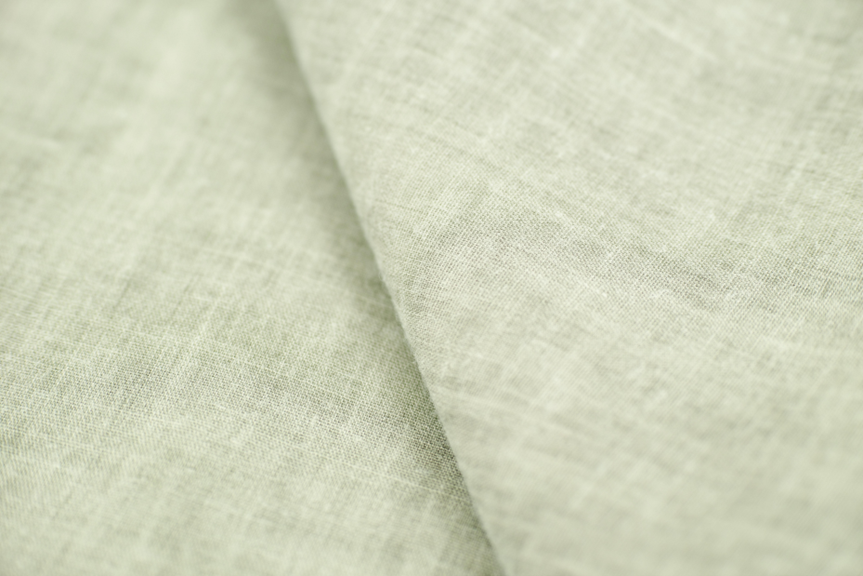
It’s not only just about dodging allergens but also linen’s got a built-in edge against bacteria too. Studies have shown that flax fibers, the raw material of linen, possess natural antibacterial properties that help keep microbial growth in check. Research published in Materials and hosted by the National Center for Biotechnology Information (NCBI) demonstrates that linen exhibits significant antibacterial activity against common pathogens like Escherichia coli and Staphylococcus aureus, even in its untreated state. (You can explore the study here: Antimicrobial Activity of Linen Fabrics.) While exact reductions vary, this natural trait makes a big difference if you’re prone to irritation or just want a fabric that stays fresher longer. It’s like nature handed you a material that quietly battles the funk for you.
And these things made linen more comfortable. Linen doesn’t cling or scratch and it drapes over your skin like a soft exhale, letting it breathe instead of smothering it. Unlike some materials that feel like they’re waging war on your pores, linen soothes with every touch. Think of it as a quiet, steady companion: no fuss, no itch, just a pure, easygoing vibe that sensitive skin can actually relax into. Whether you’re dodging a rash or just craving something kinder to wear, linen’s got your back being literally.
Natural Style
Linen’s got a vibe that’s difficult to pin down however not possible to ignore. Those crinkles catching the light, that tender sheen that seems to glow just right. It’s a cloth that combines rugged attraction with a type of hushed elegance, like a weathered cottage with an excellent view. Slip into a linen blouse or dress, and you’ve got something that looks desirable without even attempting that effortless within the truest sense. It’s now not loud or flashy; it’s the quiet self belief of a material that knows it doesn’t want to shout to stand out.
(PIC From PIN)
Lately, that understated magic has discovered a brand new highlight inside the "Old money" trend. And you know, that linen fits proper in as a cornerstone of this aesthetic, alongside other experience-right fabrics like cotton and cashmere. It’s the cross-to for those breezy button-downs or tailor-made trousers that outline the vibe that cushty yet delicate, like you’ve simply stepped off a yacht in the Hamptons. Designers and influencers have stuck on, layering linen portions into outfits that experience both lived-in and costly. It’s not about chasing traits; it’s about leaning into some thing traditional that’s always worked.
(PIC From PIN)

2. Types of Linen and Their Unique Qualities
Linen varies by type, each with distinct traits and uses. It starts with flax plant fibers, extracted and woven into fabric. The weave tightness and thread thickness decide its form. Some of them light like a curtain , and some of them tough like a jacket. A tight weave limits airflow but adds durability; a loose one breathes but loses strength. Weight matters too: lighter linens are thin, heavier ones solid. The differences come from how it’s made like weave, thread size, and flax quality.
(PIC From PIN)
Damask Linen
Damask linen stands out with its detailed patterns, woven on a jacquard loom to create designs like flowers or scrolls. It’s smooth, slightly shiny, and denser than other linens, with a tighter weave that gives it a polished look. It’s less airy but strong in its own way, holding up to gentle use. I’ve got a damask tablecloth at home that I picked it up from a vintage shop. And it’s held its sheen through years of holiday dinners, proving its quiet resilience. Typically, it’s made into tablecloths, napkins, or decorative runners because its ornate finish and subtle sheen make it ideal for fancy settings where style trumps heavy-duty wear.
Plain-Weave Linen
This is the classic linen you know. And it's simple and straightforward, with an over-under weave that keeps it lightweight and a bit textured. It usually weighs 140–190 grams per square meter (gsm), according to Textile Institute standards, balancing strength and softness. It breathes well and gets cozier with every wash. It’s commonly crafted into shirts, dresses, and bedding because its airy feel and versatility suit everyday wear and warm weather comfort.
(PIC From PIN)

Loosely Woven Linen
Light and sheer, loosely woven linen has an open structure, often under 90 gsm, as noted by the European Confederation of Flax and Hemp (CELC). It’s soft and lets light filter through, but it’s not built for rough handling. The CELC highlights its airy nature in their flax research: CELC - European Flax and Hemp.
I’ve hung loosely woven linen curtains in my living room. They catch the morning sun just right, softening the whole space. You’ll see it turned into curtains, scarves, or lightweight tops because its delicate, breezy quality shines in decorative or flowy pieces.
Heavy Linen
Heavy linen is the tough one, weighing 200–300 gsm and woven tight for stability. It’s less prone to wrinkles and has a coarse, solid feel, with flax fibers up to 20% stronger than cotton, per CELC data. It’s durable enough for hard use without losing its linen charm. It’s often made into upholstery, bags, or structured jackets because its thickness and strength handle wear and hold shape well.
(PIC From PIN)

I’ve got a heavy linen tote I’ve hauled books in for years. And it’s scuffed but still solid, a testament to its grit. It’s often made into upholstery, bags, or structured jackets because its thickness and strength handle wear and hold shape well.
3. The Environmental Impact of Linen Production
Linen’s often pitched as the green darling of fabrics, and there’s some truth to that. But it’s not a flawless eco-warrior. Made from flax, a plant that’s been around forever, its journey from field to shirt has both upsides and hiccups. I’ve dug into what this process really means for the planet, and it’s a mix of good news and a few trade-offs worth knowing about. Here’s the full picture, from the dirt up.
Flax itself is a low-drama crop. It doesn’t guzzle water like cotton. Just think rain-fed fields in places like Normandy or Belgium, where it thrives without much fuss. The Food and Agriculture Organization (FAO) pegs flax’s water needs at about half of cotton’s, depending on the region, which is a win when you consider how thirsty textile crops can get. Plus, it’s not picky about chemicals; farmers can often skip heavy pesticides or fertilizers, especially in Europe’s cooler climates. Every part of the plant gets used too. That fibers for fabric, seeds for oil, even the woody bits for particleboard, so waste is minimal. That’s a big check in the sustainability column.
(PIC From PIN)
But growing it is just the start. Turning flax into linen that called retting where things get messy. Traditionally, farmers soak the stalks in water (dew or river retting) to break them down, a slow, natural trick that’s been around for centuries. It’s low-impact but takes time, so modern setups sometimes lean on chemicals to speed it up. The European Confederation of Flax and Hemp (CELC) notes that while water retting uses about 250–300 liters per ton of flax, chemical methods cut that time in half but add pollutants like acids or alkalis. (You can dig into their breakdown here: CELC - European Flax and Hemp.)
Still, linen’s got an edge over the synthetic crowd. Unlike polyester, which leans on oil rigs and spits out microplastics, linen biodegrades when its days are done. And back to the earth in months, not millennia. A 2021 report from the Sustainable Apparel Coalition’s Higg Index ( cascale )ranks linen’s carbon footprint lower than polyester’s, clocking in at around 6–8 kg CO2e per kilogram of fabric versus polyester’s 9–12 kg CO2e, depending on production tweaks. That’s not perfect, but it’s a solid step up. And here’s the kicker: linen lasts. Buy a good piece, wear it for a decade, and you’re dodging the fast-fashion churn that’s clogging landfills.
(PIC From PIN)
So, where does that leave us? Linen’s production isn’t spotless that retting and energy use leave a mark. But it’s gentler than most. It’s a fabric that rewards patience: grow it right, process it smart, and you’ve got something that’s kinder to the planet than the alternatives. Pair that with its long life, and it’s less about perfection and more about progress. If you’re looking to tread lighter, linen’s a practical pick. Just don’t buy the hype without peeking under the hood.
4. Q&A of the Linen Fabric
Q1: Does linen shrink?
A1: Yes, linen can shrink. But it’s not a dealbreaker if you handle it right. Since it’s a natural fiber from flax, it’s prone to tightening up when it meets heat or agitation, especially the first time you wash it. Studies from textile experts, like those at the Textile Research Journal, suggest untreated linen can shrink 3–10% depending on how it’s woven and pre-treated that looser weaves might even nudge closer to 10%. I’ve got a linen shirt that shrank a bit after a hot wash years ago, and it’s why I’m careful now. Most makers pre-wash their stuff these days to cut that risk, but check the label. To dodge it, stick to cold water and air-drying. And remember heat’s the real culprit. For more on fabric shrinkage, the folks at Good Housekeeping break it down nicely: Good Housekeeping - Good Housekeeping Institute Product Reviews.
(PIC From PIN)
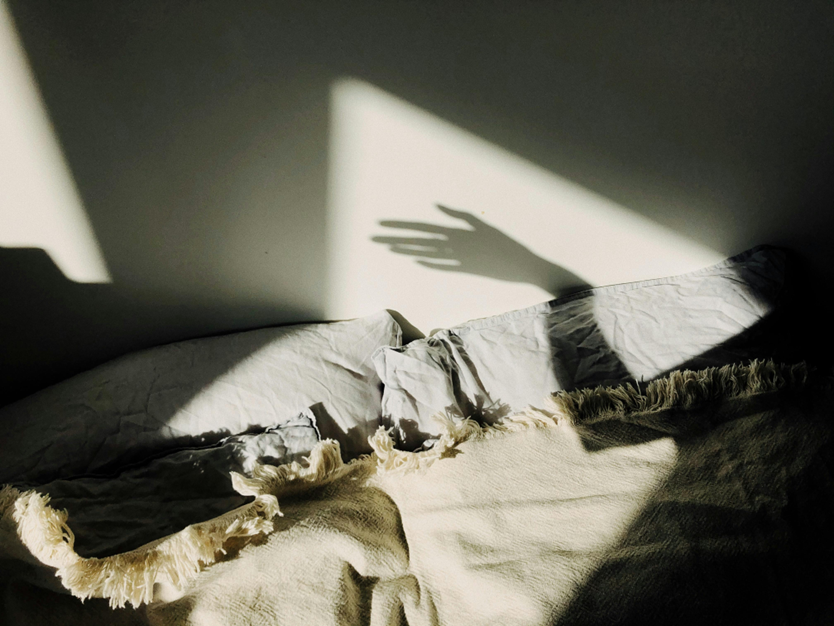
Q2: How to wash linen?
A2: Washing linen’s simpler than you’d think. Just don’t treat it like it’s invincible. Use a gentle cycle with cold or lukewarm water. Because hot water can weaken those flax fibers over time or kickstart shrinkage. A mild detergent’s your best bet; harsh stuff like bleach can turn white linen yellow or fray the threads. I’ve found skipping the dryer works wonders that air-drying keeps it soft and cuts energy use. If you’re in a rush, a low-heat tumble dry’s okay, but pull it out slightly damp to avoid that stiff, board-like feel. The Martha Stewart Living team swears by this method, and they’ve got a solid guide here: Martha Stewart - How to Wash Linen the Right Way, According to Laundry Experts. It’s all about keeping it gentle so it lasts.
Q3: Can you iron linen?
A3: You absolutely can iron linen and sometimes you’ll want to, even if those wrinkles are part of its charm. It’s tough enough to handle the heat, but there’s a trick: do it while it’s still damp from washing. That moisture helps smooth out creases without scorching the fibers and dry linen needs higher heat, which can damage it. I’ve ironed a linen dress on medium with steam, and it went from rumpled to crisp in minutes. Use a pressing cloth if it’s delicate or dark-colored to avoid shine marks. Vogue has a handy rundown on this, straight from their style experts: Vogue - How to Iron Linen. Wrinkled or pressed, it’s your call. But ironing’s an option when you want that sharp look.
(PIC From PIN)
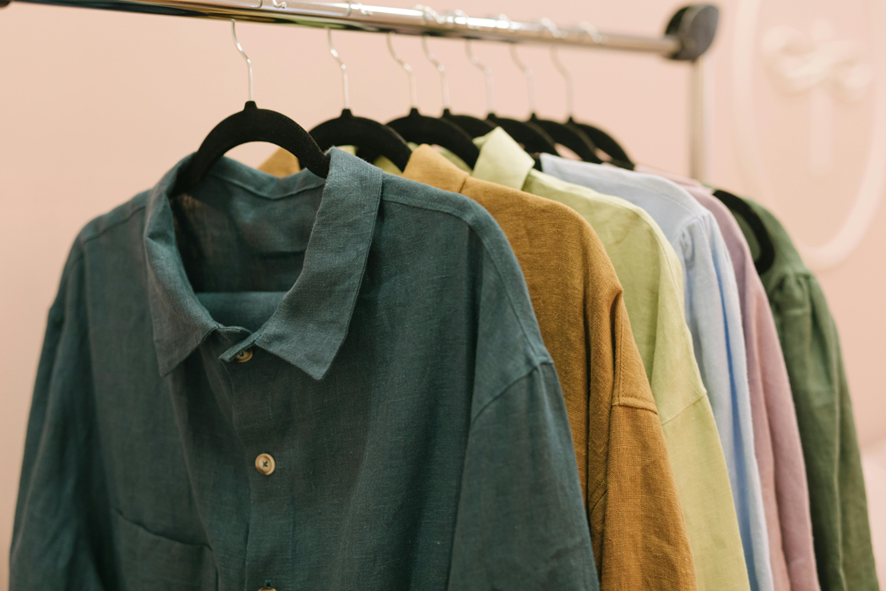
5. Linen Fabric Representative Products
Linen’s got this knack for feeling good and looking better, which is why it’s a star in everyday staples. I’ve landed on three classics: dress, shirt, and bag that show off what it brings to the table. Here’s why these types of pieces deserve a nod, from how comfy they are to the style points they rack up. And these aren’t sponsored picks. Just ones I’ve worn or researched.
Dress
A linen dress is the ultimate summer MVP. It’s all about that breezy comfort that light and loose. It lets air swirl around you, cutting through the heat like a cool friend who’s got your back. No clinging, no sweating, just a soft drape that feels like you’re barely wearing anything. Fashion wise, it’s a winner too: the way linen wrinkles and flows gives it this relaxed elegance that’s perfect for anything from a picnic to a dinner out. You can dress it up with heels or keep it chill with sneakers, and it still looks intentional. I love how it’s low-key but always pulls off that “I'm a freedom girl” vibe.
Recommend 01: A.L.C. - silvia stretch linen midi dress in bone
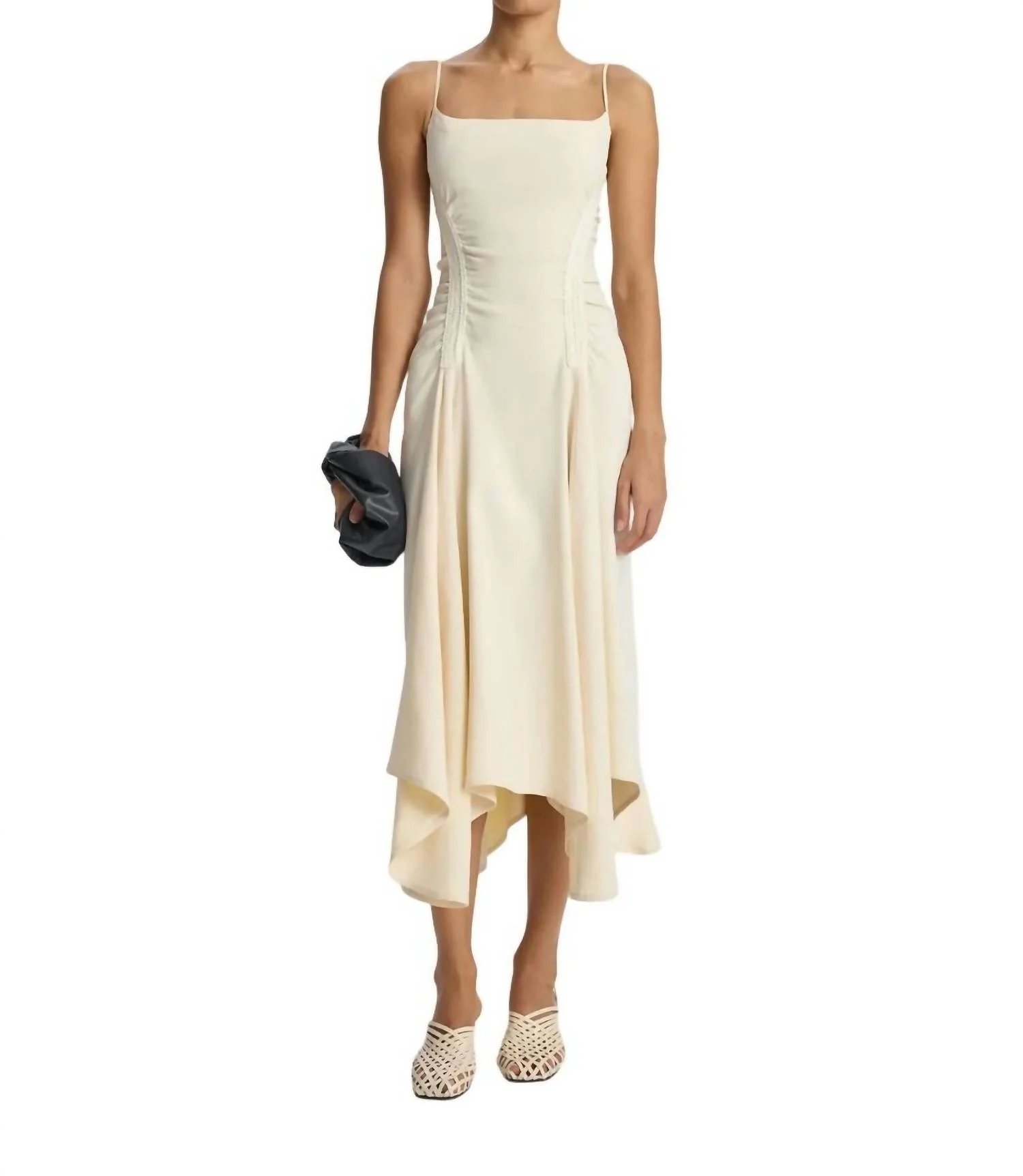
Recommend 02: A Kind Of Guise - A Kind of Guise Sofija Slip Dress
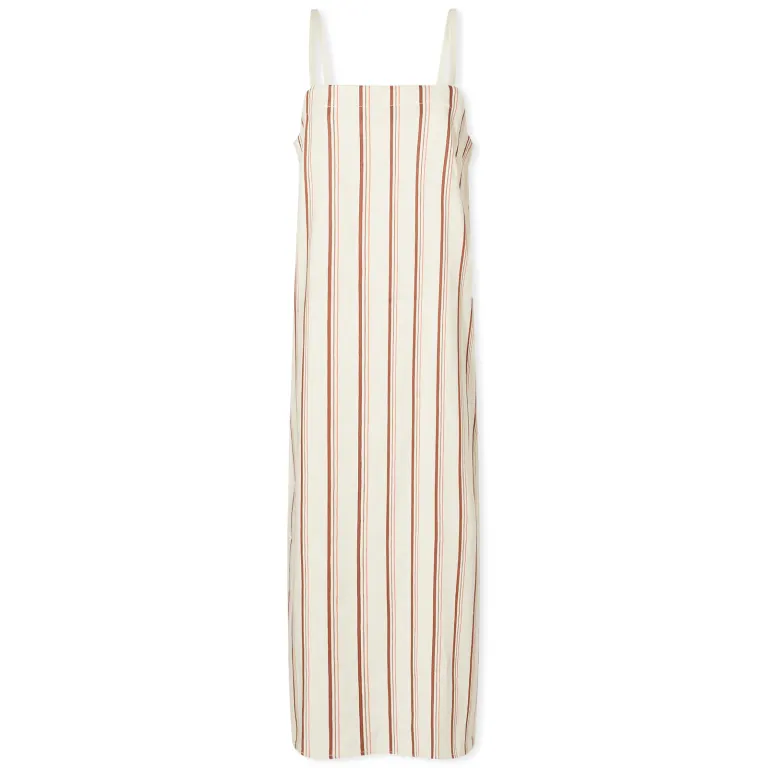
Shirt
A linen shirt is the kind of thing you throw on and forget about. Comfort’s the hook here: that open weave keeps you from overheating, and it’s soft enough to feel broken-in even when it’s new. It’s the shirt you wear when the day’s too warm for fuss, letting your skin breathe while you get on with it. Style’s where it shines too. It’s got that crisp but casual thing going, perfect for tucking into chinos or layering over a tee. It’s versatile enough to go from desk to drinks without blinking, and that natural texture just makes everything look cooler. It’s my pick for days when I want to feel sharp without trying hard.
Recommend 01: A.P.C. - Chemisette Bellini Logo

Recommend 02: A.L.C. - Aiden Linen Top
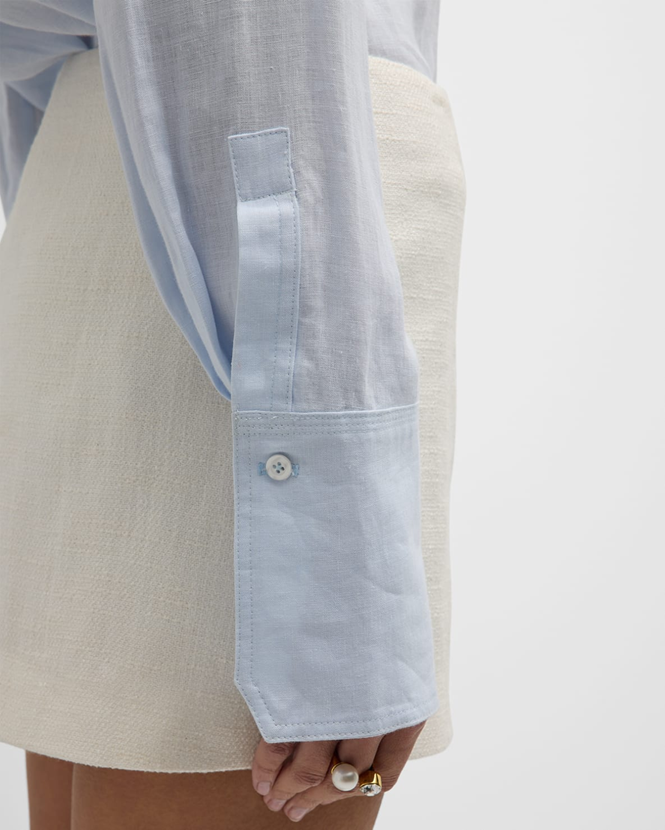
Bag
A linen bag might not scream “must have” at first, but it’s a quiet game changer. It’s practical without feeling bulky, which is huge for a long day out. On the fashion side, it’s got this understated charm that the rough weave and neutral tones add a rustic pop to your outfit, whether you’re in jeans or a sundress. I’d reach for one when I need function that still feels stylish.
Recommend 01: Chloé - Small Woody Tote Bag
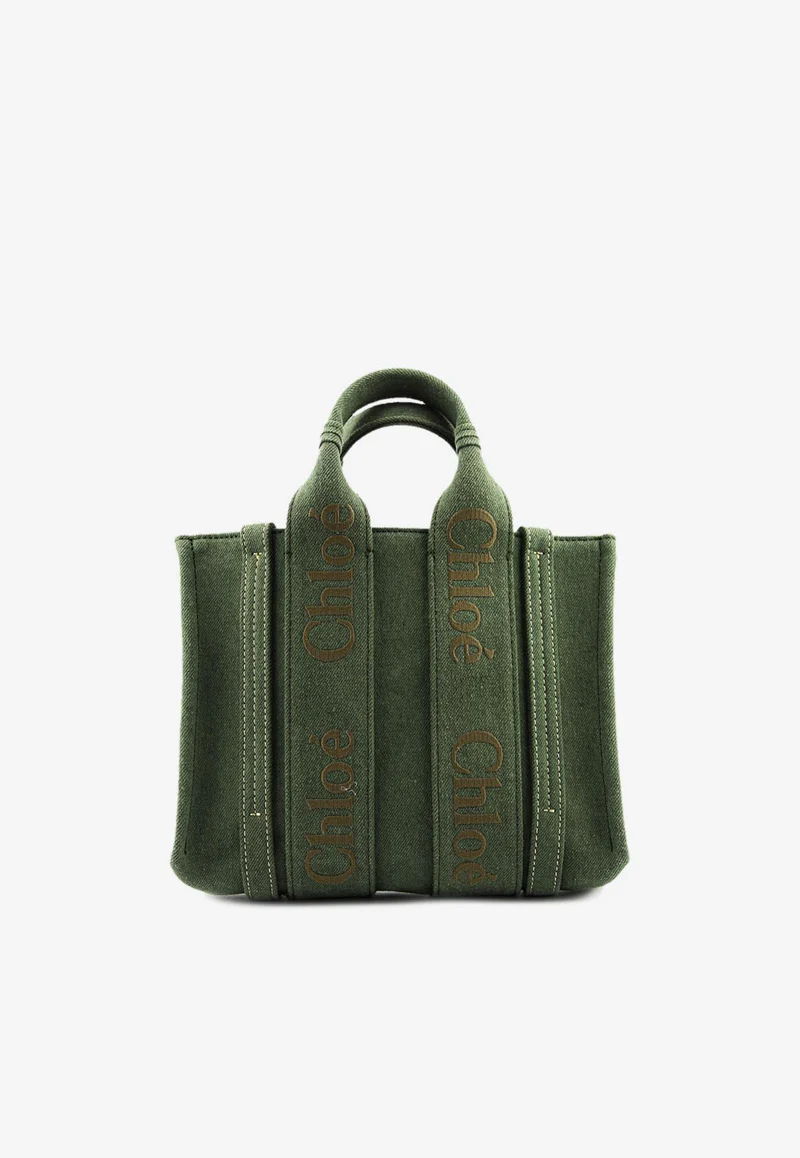
6. My Point
From dresses that breathe easy to bags that last, it’s versatile and kind to the planet compared to synthetics. I’ve seen it soften with wear and still look sharp after years. It’s not only just stuff to wear, but also it’s a vibe worth living in. So, next time you’re shopping, grab some linen.